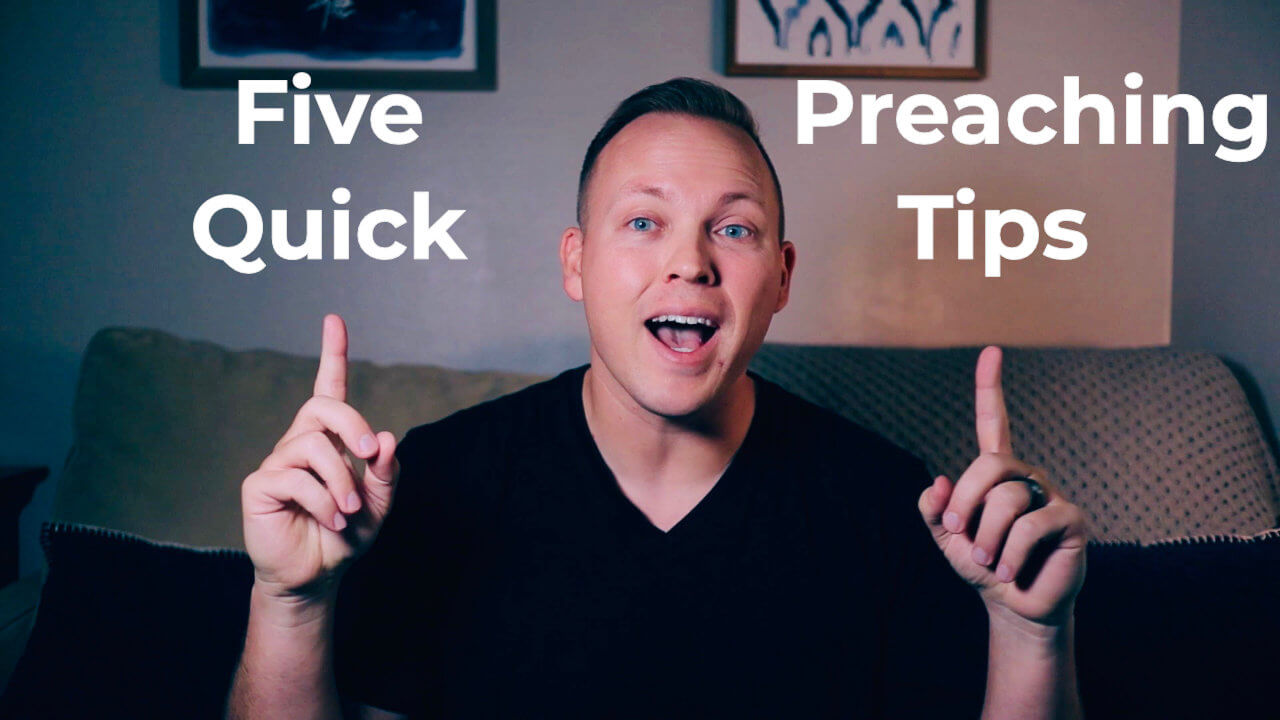The 3 Levels of Dynamic Preaching

Did you know that for musical arrangements, composers write more than just the notes to be played? They also write the strength with which each note should be performed.
These markings are referred to as the “dynamics” of music.
A composer might write a pp, meaning pianissimo or “very soft,” or a ff, meaning fortissimo or “very loud.” There are multiple marks all meant to tell the musician roughly how strong or soft a note is meant to be played.
These dynamic markings make all the difference in a song. The best songs do not stay at the same level.
The dynamics of all great songs rise and fall from the forcefulness of a shout to the gentleness of a whisper.
I believe that preaching is very similar.
Great preaching doesn’t stay on one level. Great preaching is vocally dynamic.
3 Levels of Dynamic Preaching
I believe that every preacher should have three levels of vocal dynamics.
- Normal
- Quiet
- Loud
This isn’t complicated, but it takes a lifetime to master.
Every preacher should work to get comfortable using each of these levels of vocal dynamics. Think of them as tools in your back pocket to pull out as needed for emphasis.
Normal is your base level. This is the level that you would normally talk in a room to ensure that someone sitting in the back row could still hear you.
Loud doesn’t exactly mean shouting. It is simply the loudest you are comfortable raising your voice to communicate power, passion, or urgency.
Quiet doesn’t exactly mean whispering. It is simply the quietest you are comfortable lowering your voice to communicate control, sincerity, or intimacy.
Both loud and quiet dynamics grab hold of the audience’s attention because of the contrast from your normal tone.
Think of these levels of dynamics as places you know you can go to stress or accentuate a critical point in your message.
For Example…
Most of your favorite preachers use these dynamics powerfully.
Imagine you are sitting in the audience of one of your favorite pastor’s church. The pastor takes the stage, the lights come up, and he begins speaking in a normal conversational voice.
As the message continues, he hits a powerful point in the sermon. His voice rises. Passion and a small sense of righteous anger bursts from his mouth.
Then, in a moment, he pauses. He leans forward. And in a gentle whisper, he reveals a profound truth.
Can you see it?
Vocally dynamic preaching is powerful. The volume of your voice makes all the difference in the power of your sermon.
A preacher who is only loud is a bully. A preacher who is only quiet is timid. And a preacher who is all normal is passionless.
It takes a variation of all three levels to communicate the sense of urgency and passion that the Gospel demands.
How to Get Better At Dynamics
If you want to improve the vocal dynamics of your preaching, try this.
Get on stage and practice with the microphone you normally use. Start from your normal volume level. Speak as if you are talking normally to the imaginary person in the back row. Play around with this if you want to until you find a comfortable range.
Now, start raising your voice slowly. Pretend you are trying to get the imaginary person in the back of the room who is hard of hearing to understand you. Practice speaking at different loud volumes until you feel that you are too loud. Settle on a volume level louder than your normal voice, but not too loud.
Finally, get really quiet. Lean forward. Pretend you are telling a secret to the imaginary person in the front row. Again, play around with your quiet tone until you find a level that is not too quiet to be understood clearly, but much softer than your normal volume.
This may feel a little forced, but until this comes naturally to you, you could even include marks like a composer on your sermon outline. Use pp for quiet or a ff for loud (or maybe a Q and L).
Be intentional with the dynamics of your voice to keep your audience engaged, and communicate with power and passion.




